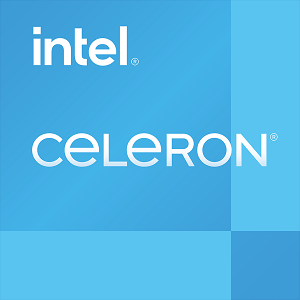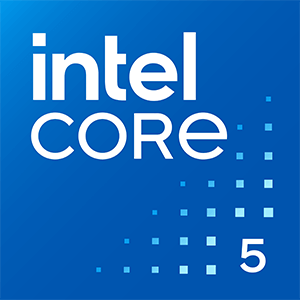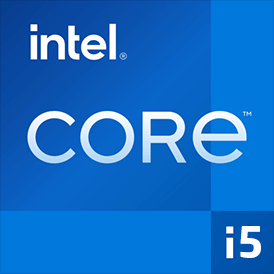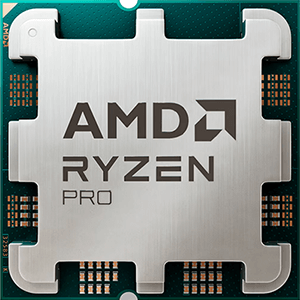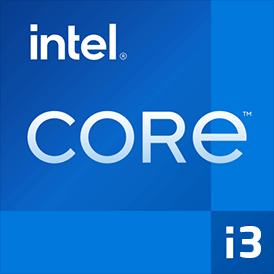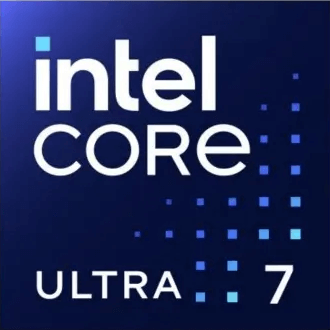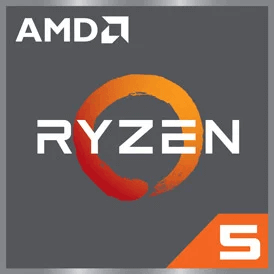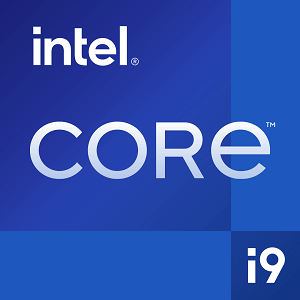Intel Celeron N3060 vs Intel Celeron N3350
We compared two laptop CPUs: Intel Celeron N3060 with 2 cores 1.6GHz and Intel Celeron N3350 with 2 cores 1.1GHz . You will find out which processor performs better in benchmark tests, key specifications, power consumption and more.
Main Differences
Intel Celeron N3060 's Advantages
Higher base frequency (1.6GHz vs 1.1GHz)
Intel Celeron N3350 's Advantages
Released 7 months late
Higher specification of memory (2400 vs 1600)
Larger memory bandwidth (29.9GB/s vs 25.6GB/s)
Score
Benchmark
Geekbench 6 Single Core
Intel Celeron N3060
115
Intel Celeron N3350
+120%
253
Geekbench 6 Multi Core
Intel Celeron N3060
209
Intel Celeron N3350
+22%
255
Geekbench 5 Single Core
Intel Celeron N3060
211
Intel Celeron N3350
+55%
328
Geekbench 5 Multi Core
Intel Celeron N3060
386
Intel Celeron N3350
+61%
625
Passmark CPU Single Core
Intel Celeron N3060
622
Intel Celeron N3350
+28%
798
Passmark CPU Multi Core
Intel Celeron N3060
652
Intel Celeron N3350
+69%
1104
General Parameters
Jan 2016
Release Date
Aug 2016
Intel
Manufacturer
Intel
Laptop
Type
Laptop
x86-64
Instruction Set
x86-64
Braswell
Core Architecture
Apollo Lake
N3060
Processor Number
N3350
BGA-1170
Socket
BGA-1296
HD Graphics 400
Integrated Graphics
HD Graphics 500
Package
14 nm
Manufacturing Process
14 nm
6 W
Power Consumption
6 W
90 °C
Peak Operating Temperature
105 °C
CPU Performance
2
Performance Cores
2
2
Performance Core Threads
2
1.6 GHz
Performance Core Base Frequency
1.1 GHz
-
Performance Core Turbo Frequency
2.4 GHz
2
Total Core Count
2
2
Total Thread Count
2
48 K per core
L1 Cache
48 K per core
1 MB per core
L2 Cache
2 MB per core
2 MB shared
L3 Cache
-
No
Unlocked Multiplier
No
Memory Parameters
DDR3L-1600
Memory Types
DDR3L-1866, LPDDR3-1866, LPDDR4-2400
8 GB
Max Memory Size
8 GB
2
Max Memory Channels
2
25.6 GB/s
Max Memory Bandwidth
29.9 GB/s
No
ECC Memory Support
No
Graphics Card Parameters
true
Integrated Graphics
true
-
GPU Base Frequency
200 MHz
600 MHz
GPU Max Dynamic Frequency
650 MHz
-
Shader Units
96
-
Texture Units
12
-
Raster Operation Units
2
-
Execution Units
12
-
Power Consumption
6 W
-
Max Resolution
3840x2160 - 30 Hz
-
Graphics Performance
0.12 TFLOPS
